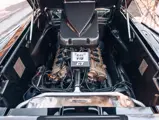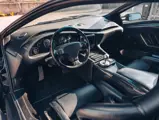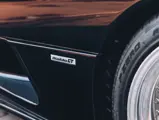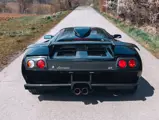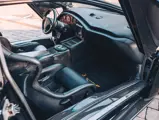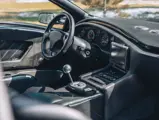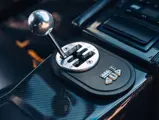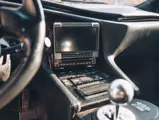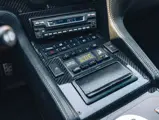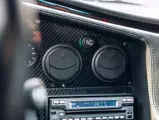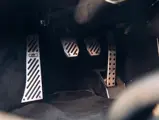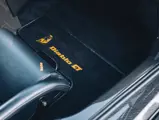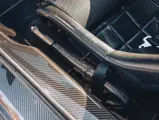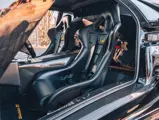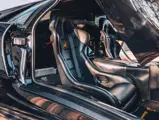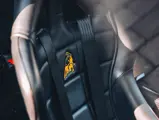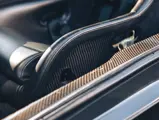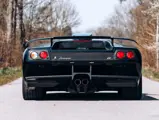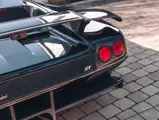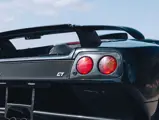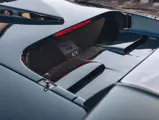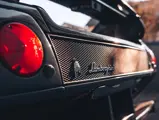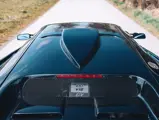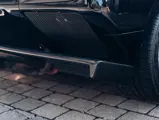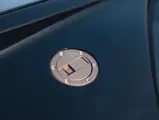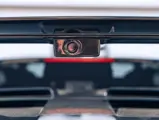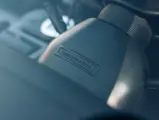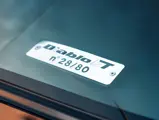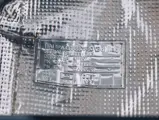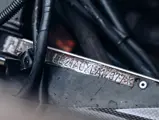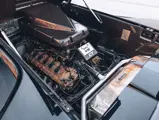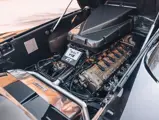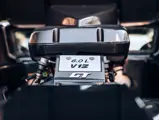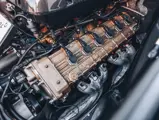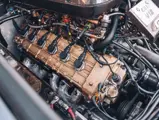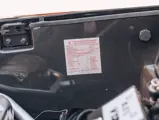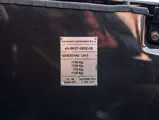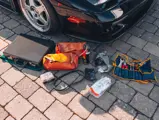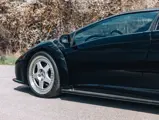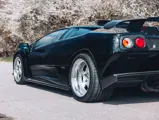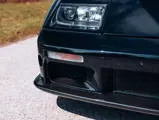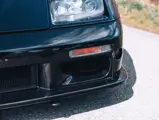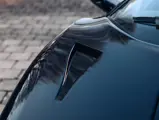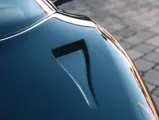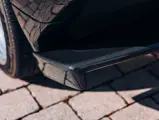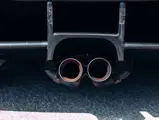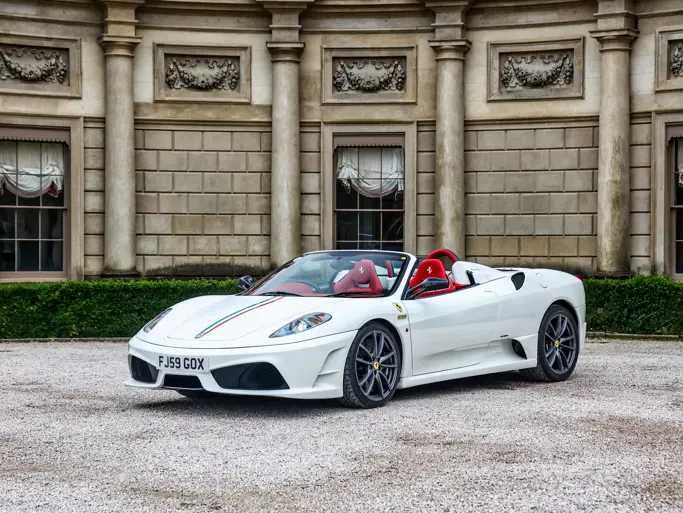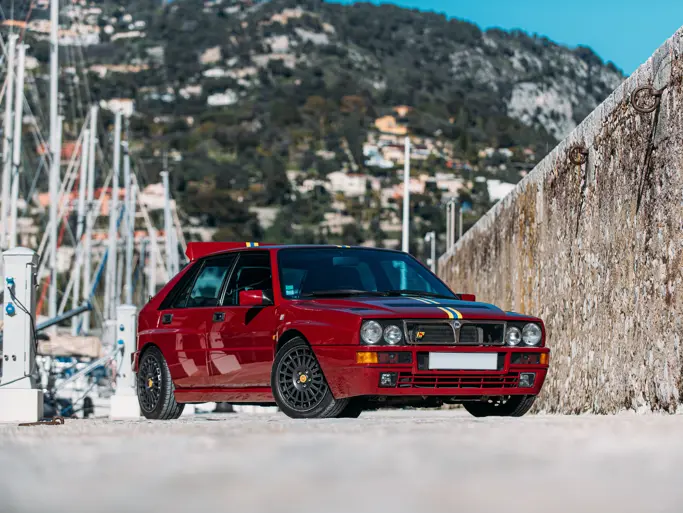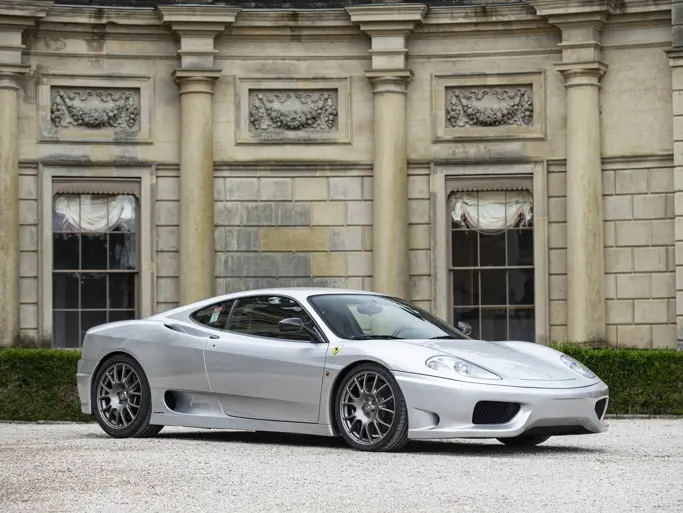Monaco 2022
2001 Lamborghini Diablo GT
{{lr.item.text}}
€612,500 EUR | Sold
 | Monte Carlo, Monaco
| Monte Carlo, Monaco
{{internetCurrentBid}}
{{internetTimeLeft}}

- Number 28 of just 80 Diablo GTs
- Presented in original colours of Jet Black with black leather and carbon fibre interior
- Immaculately preserved, retaining carbon fibre bucket seats and carpets
- Accompanied by factory tools and accessories, including “Diablo GT”-branded attaché case
As with many small-volume car manufacturers, the corporate history of Lamborghini is a long and intricate one. Remarkably, Feruccio Lamborghini remained at the helm of his eponymous company for just nine years, selling a majority stake in 1972 and departing Sant’Agata Bolognese entirely in 1974. The company filed for bankruptcy in 1978, although in magnificently stoic Lamborghini fashion, production of their ageing Countach continued. Finally, in 1984, the company received the stability and investment it had craved, with its purchase by charismatic French brothers, Jean-Claude and Patrick Mimran.
The Mimrans immediately identified the need for a long-overdue Countach replacement and in mid-1985, work commenced on the covertly-named “Project 132”. The initial design work was entrusted to Marcello Gandini, who had previously presided over the Miura and Countach. However, in 1987, the Mimrans sold Lamborghini to Chrysler Corporation; the latter subsequently refining Gandini’s original design—much to the Italian’s chagrin—prior to it entering production in 1990.
Appropriately dubbed Diablo, the new car featured a square-section spaceframe chassis, predictably outrageous aluminium bodywork and an enlarged 5.7-litre version of the glorious 48-valve V-12 that had been a part of Lamborghini folklore for so long. Now producing a little under 500 horsepower, its 202 mph capability momentarily rendered it the fastest production car in the world. However, the Diablo’s size and weight—initially a portly 1,580 kilograms—made the original iteration somewhat unwieldly. This was tuned for later models.
With “first generation” production spawning a bewildering variety of derivatives—such as the four-wheel-drive VT, high-performance SV and lightweight SE30—the Diablo received a substantial makeover in 1999; a power increase to 529 horsepower, revised dashboard layout and the introduction of fixed-lens headlights being the most significant changes. Significantly, the introduction of the second-generation Diablo was accompanied by that of the Diablo GT; a track-focussed yet still road-legal model partly inspired by the GT2 racing variant developed the previous year.
Featuring a noticeably more aggressive look, thanks to a racing-style front air dam and three-piece split-rim OZ alloy wheels, the GT also borrowed from its racing counterpart by employing a heavily ducted front luggage compartment lid and roof-mounted ram air scoop. At its front, the car’s wings were flared substantially to accommodate its wider track, while at the rear a race-developed rear diffuser—incorporating a suitably raucous exhaust—and carbon fibre rear wing were appended. Indeed, such was the proliferation of carbon fibre throughout the car that the only substantial panels retaining their original integrity were the roof and doors, still fabricated from steel and aluminium, respectively.
Internally, the cabin was rationalised in the interests of saving weight, with carbon fibre internal panelling and racing bucket seats being contributory factors in the saving of over 70 kilograms relative to the second-generation SV, and almost 120 kilograms over the original 1990 Diablo. Finally, a longer stroke of 84 mm ensured that the engine capacity of the GT rose to 6.0 litres, with a resultant increase in output to some 575 horsepower. This ensured that the car could accelerate from 0 to 60 mph in just 3.9 seconds, and onward to a top speed of 210 mph.
As with all GTs, the magnificent example which RM Sotheby’s is proud to offer here is an original European market car, having been assigned the number 28 out of the 80 constructed. Beautifully preserved in its original exterior colour of Jet Black, with matching black and carbon fibre interior, it has covered just 42,916 km from new. Boasting numerous features such as the Clarion Navigational and Audio systems, it also retains its factory accessories including its original tool pouch, Lamborghini-branded work gloves, and that most vital of Sant’Agata-sourced accoutrements: its original carbon fibre, combination lock, Diablo GT-branded attaché case. The consigning owner attests that in their ownership, the Diablo GT underwent bodywork repairs for small accident damage, and buyers are encouraged to inspect the car.
With total Diablo production estimated at 3,000 cars, it is self-evident that the GT—accounting for less than three per cent of this figure—represents a very rare beast indeed. Recent years have highlighted a burgeoning and entirely justified upswell of interest in limited production 1990s supercars; particularly multi-cylinder cars of Italian origin. A rare and magnificently original example, there can be few more significant or arresting cars of this genre currently available.



